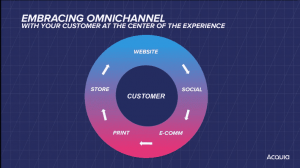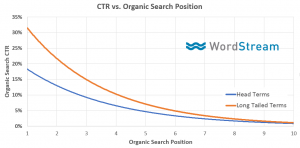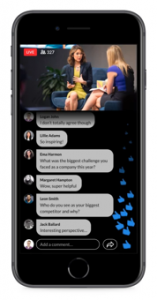Influencers are going to continue to be an important cog in the 2020 content marketing wheel despite the current crisis.
Though large companies work with influencers regularly, small businesses struggle to draw the kinds of influencers that can take their marketing through the stratosphere.
We look at the best ways small businesses can work with influencers to achieve their marketing goals post-crisis.
Defining the Campaign
Before you begin looking for influencers, it is important to define what kind of campaign you are going to create.
Is your campaign focused heavily on imagery or video? Is the goal of the campaign to improve brand reach? Or are you trying to sell a new product line?
Perhaps the most important aspect of the campaign is to reach a new audience by using the influencer’s particular tone of voice.
The goal of the campaign needs to be planned out—some influencers have better reach because of the number of followers they have. Others have better engagement.
If your aim is to get as many eyeballs on your brand as possible, an influencer with reach may be your best bet.
But the same influencer might not work if you want the promoted content to get more engagement and clicks.
Understanding the purpose of your campaign will help you decide how much you want to spend on the influencers, and what kind of influencers you should be considering.
Campaign Budget
One thing small businesses must know about working with influencers is that they aren’t going to do anything for free—especially not when the pandemic has decreased their income.
Being an influencer is a job like any other—they are spending time, energy, and labor putting together a post, story, or video for you.
As a company, you get access to a whole new audience through collaborating with influencers—they should get adequate compensation for their efforts.
This is why you need to keep aside a marketing budget for such a collaboration—most influencers will accept payments, but some might take products or services as a fee.
Calculate how much you are able to set aside—knowing how much budget can be allocated for the campaign will make it easier to choose the right kind of influencer.
If you don’t have a budget, you may end up wasting time trying to reach influencers who are well beyond your spending capabilities.
Kinds of Influencers
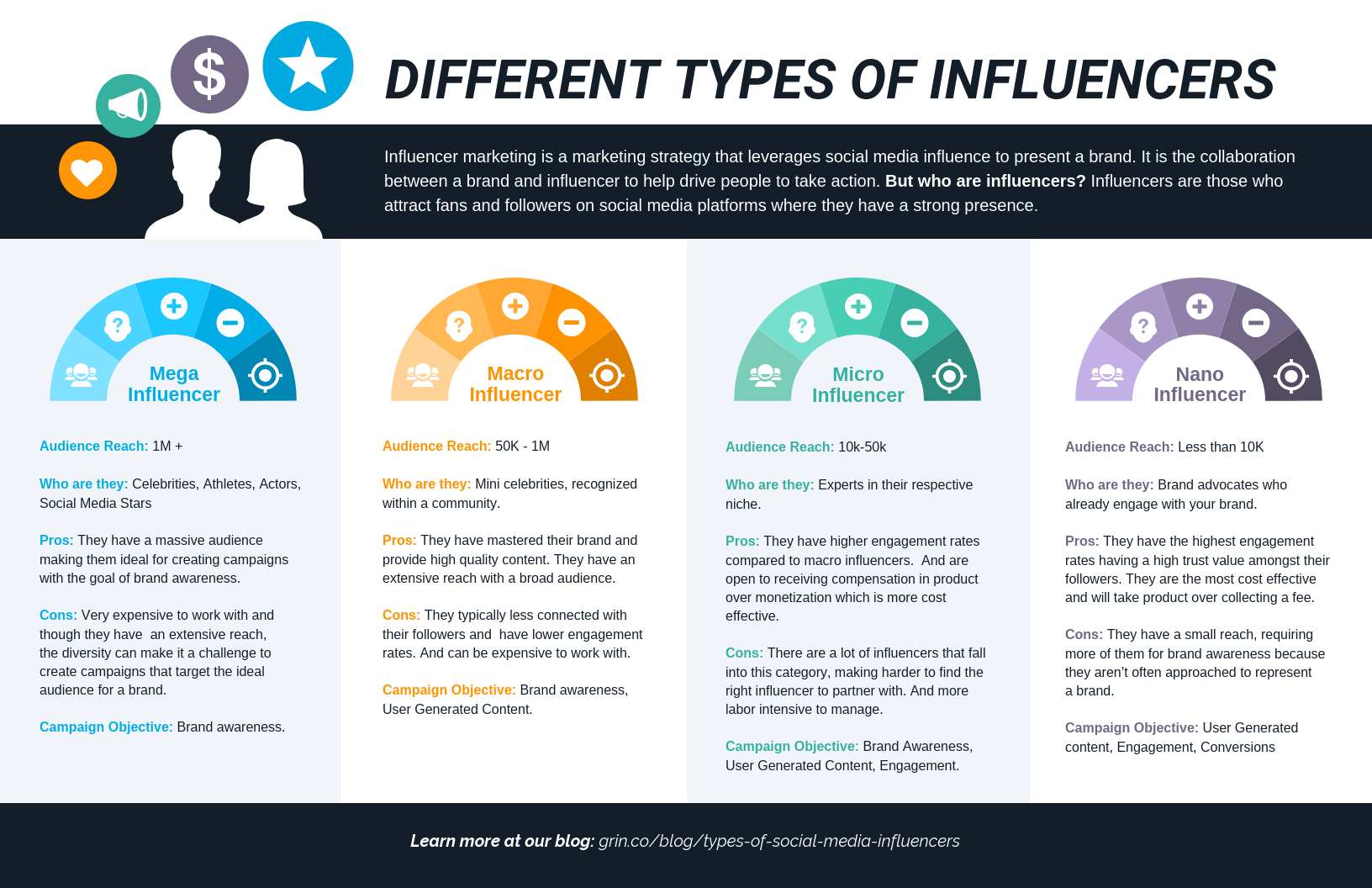
- Source: Venngage
People tend to think of influencers as a set group of social media users with extremely large followings. And while that is accurate in some cases, those aren’t the only influencers out there.
Top influencers who command millions of followers are very popular—their fanbase can earn you plenty of revenue. They also charge high fees—understandably—for a partnership.
For small businesses, top influencers may not be the best idea—one could end up sinking the entire marketing budget on a single campaign.
It is far more feasible for smaller companies to look at nano or micro-influencers. These users don’t command the popularity of their top counterparts—between 500 to 10K followers.
Despite their relatively small fanbases, these users boast high engagement numbers, as well as conversions—their followers are active and trusting, which makes them more lucrative.
When you’re looking to start an influencer campaign, it is worth looking into smaller influencers, especially if you don’t have massive budgets to play with.
Micro-influencers are also a safer bet for long-term collaborations—they won’t be as heavy on the budget and can continue to give you access to their dedicated followers.
Contacting Influencers
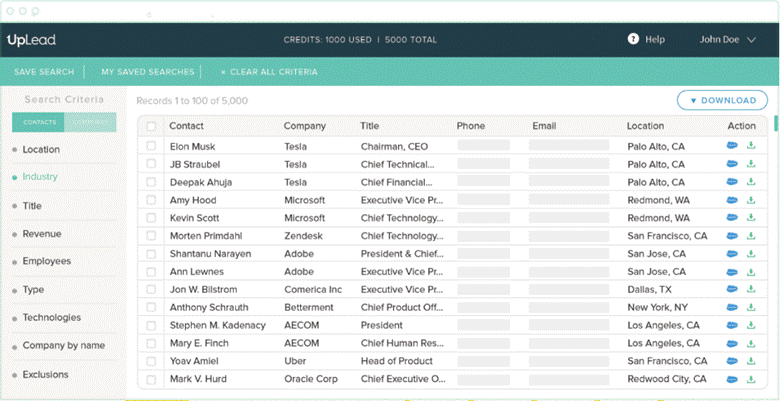
- Source: Uplead
Once you have decided on the kinds of influencers you want to work with, you need to narrow down the top choices for your campaign.
The people you choose to collaborate with must have high relevance to your goals and your company’s ethos.
You will already have an idea of whether you are aiming for more reach or better engagement—that will narrow down the list of influencers to contact.
Use lead generation tools to help you search through users engaging with your subject matter—you can filter according to the number of followers, as well.
Make a list of the most relevant influencers for your campaign and begin the process of contacting them.
Micro and nano influencers generally keep their DMs open and respond to requests for collaboration.
Some influencers may not want to be connected with via DMs—these influencers will almost always have an official email or website which you can use to contact them.
Give them some time to respond, and don’t message too often—if they are interested, they will let you know.
And if someone isn’t interested, it is best to move on—don’t try to press your case, no matter how invested you are in teaming up with that influencer. It’s seriously bad form.
Influencer Management
Influencers are human and their collaboration with you may be one of many—this means that keeping them on track in terms of deadlines falls on you.
Consider using a project timeline template to share key moments and deadlines with your influencer and their team.
Timelines are visual—and memorable—which makes them a great resource for keeping projects on track.
You will also have to ensure that you share all the relevant information pertaining to the campaign—such as brand hashtags, which accounts to tag, links, and calls to action.
Influencers need to be informed about what subjects to steer clear of and whether there are any words that you don’t want them to use. This is best done before any material is published.
Creating a schedule that works for both you and the influencer is key to this process—you don’t want them to send out a post when you aren’t able to check it for errors.
Once posts have been published, you should immediately examine them—influencers are professionals and wouldn’t send out an error-filled post but it is still worth checking.
Awareness Campaign
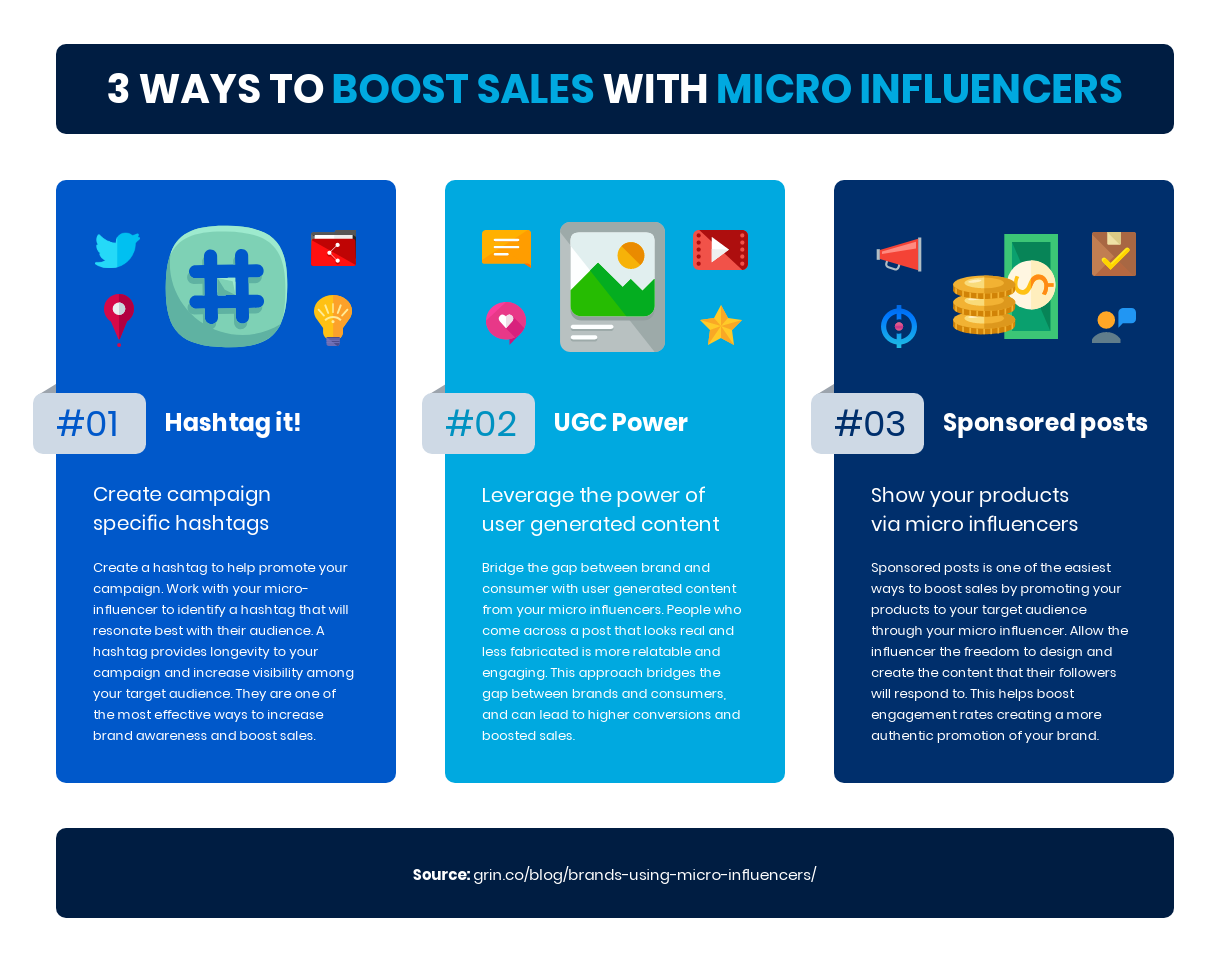
- Source: Venngage
With an influencer—or group of influencers—partnering with you and a campaign launch date set, it’s time to let people know about the collaboration.
Start by liking posts by the influencers, and asking them to like your posts. Make an announcement about the upcoming collaboration so people don’t miss the posts.
Share teasers about the partnership—if you can pair it with a discount code, giveaway, or limited offer, it will gain more traction.
If you are planning to have the influencer take over your account or Stories for a day or a few hours, the awareness campaign really needs to be ratcheted up.
Due to the ephemeral quality of an Instagram takeover, you need to have as many followers present and engaged on the day of the campaign itself.
Ask your influencers to share similar posts about the partnership on their channels—if you can both use the same artwork, that would be best for brand consistency.
It’s important to let people know about the partnership—a surprise post may seem like a great idea but could alienate audiences who might feel blindsided.
Tracking Progress
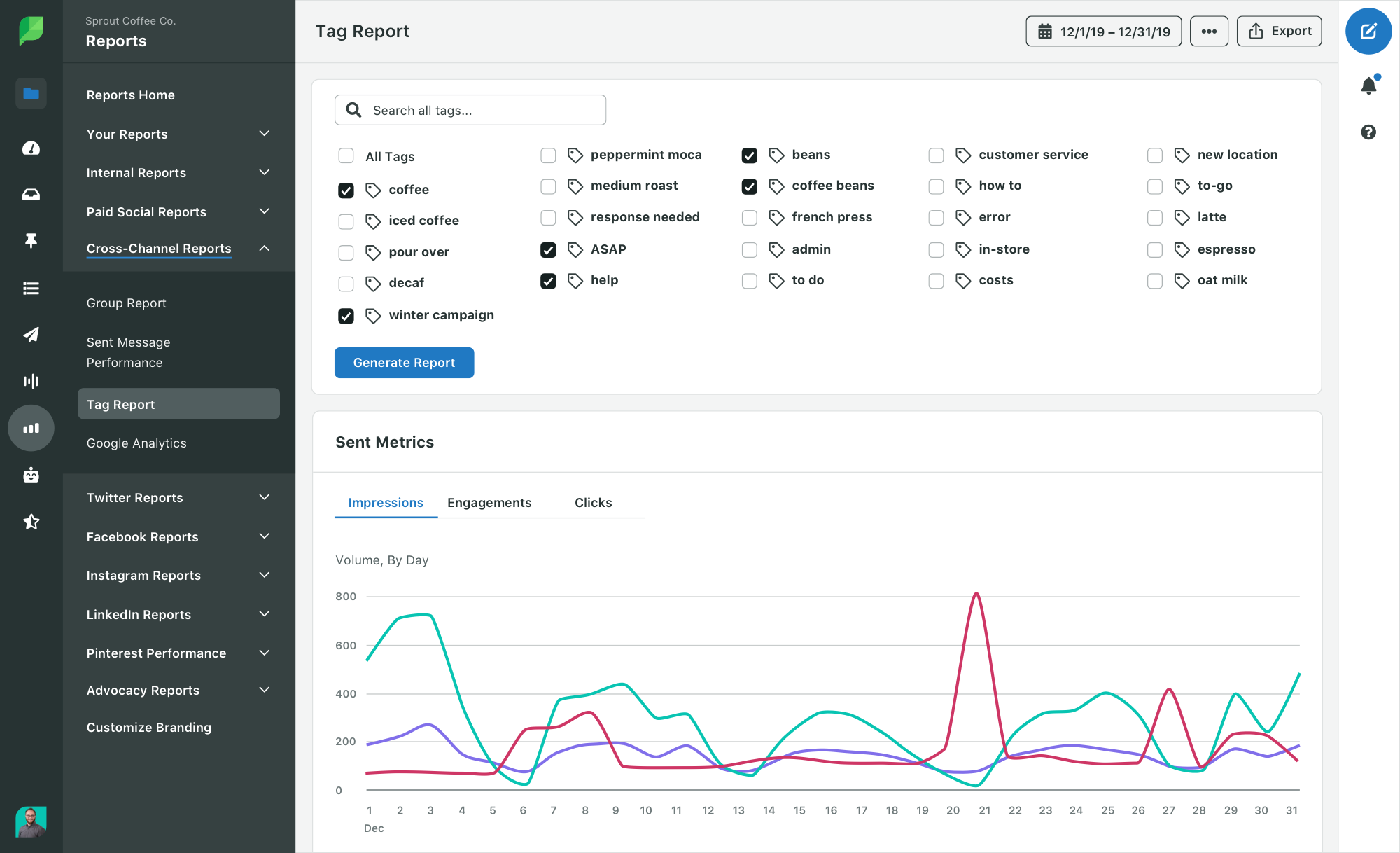
Running an influencer campaign is fine but you need to know whether it was successful or not— tracking results from the campaign is crucial.
You need to create a thorough reporting system to understand what did and didn’t work—a consulting report can be managed between you and your influencers.
There are a number of metrics you need to examine—likes and shares no longer cut it. Those are just vanity metrics that give you little information.
What you need to see is how many comments you received, how many people used the discount code, clicked post links, or visited your website as a result of interacting with the campaign.
Analysis can take time and energy but it is crucial—there is no point in continuing a partnership if the resultant earnings don’t equate to a profit or increase in margins.
On the other hand, if the results have been overwhelmingly positive, you should continue with the collaboration and look for ways to expand it.
Even when the campaign has gone over well, look at ways to improve it—perhaps more nuanced hashtags would increase reach, or changing the CTAs would attract more people.
Build reports to analyze the campaign thoroughly so you can create an even better one next time.
Conclusion
Working with influencers can massively boost your reach and sales—as long as you follow the above steps to choose the right kind of influencer for your campaign and analyze objectively.
Business & Finance Articles on Business 2 Community
(41)
Report Post



